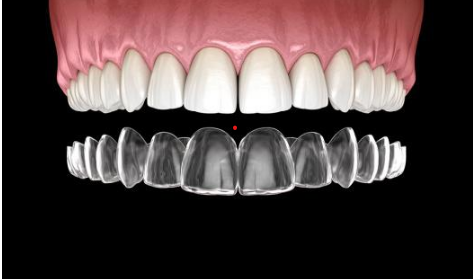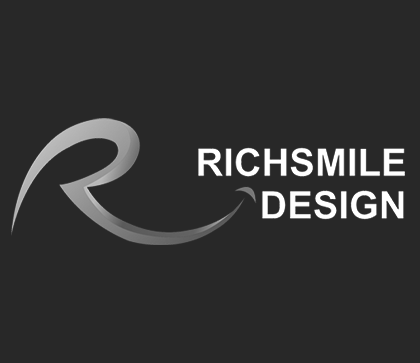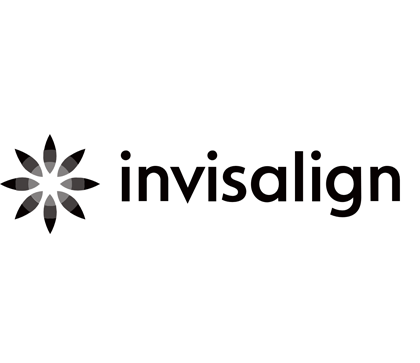
Non-invasive vs invasive cosmetic dentistry.
January 4, 2023
We often hear the term ‘non invasive cosmetic dentistry’ but what does this really mean? In this short blog we’re going to be covering what invasive and non-invasive cosmetic dentistry is, how they differ and what kind of treatments are included.
What is invasive cosmetic dentistry?
Invasive dental treatment is considered as anything that alters the natural teeth. With invasive treatments the work is not only permanent but the changes would mean the teeth cannot be left as they are. This kind of cosmetic dentistry requires a lot of thought and research to ensure you are happy to proceed with the treatment.
Invasive cosmetic treatments include:
Invasive Cosmetic Dentistry:
Invasive procedures often require significant alteration or removal of tooth structure. They are typically reserved for more complex cases or when non-invasive treatments are not sufficient. Some invasive options include:
Dental Implants: These involve the surgical placement of artificial tooth roots, making them a permanent solution for missing teeth.
Tooth Extractions: When a tooth is severely damaged, it may need to be extracted before a replacement is considered.
Gum Contouring: This procedure reshapes the gum line to improve the aesthetics of your smile. It can involve minor surgical intervention.
Orthodontic Braces: Traditional braces use brackets and wires to correct more severe alignment issues.
Full Mouth Reconstruction: This comprehensive treatment plan often combines multiple invasive procedures to address complex dental issues.
Veneers.
While some dentists are pioneering smile makeovers with ‘non invasive veneers’ or ‘no prep’ veneers, veneers nearly always require preparation. The easiest way to understand why veneers require preparation is to compare them to a false nail, in order for the false nail to be attached to the nail, the nail must be buffed. A veneer is no different, in order to successfully bond to the natural tooth and remain streamline a small amount of enamel is removed. Your dentist will opt to be conservative and protect your natural tooth by removing as little enamel as possible. Opting for veneers will mean you are committed to replacing your veneers should you need to.
Crowns.
Similar to veneers, crowns require preparation of the tooth to bond the crown successfully. In a smile makeover dental crowns are typically used in more restorative cases. Crowns in fact require more preparation, as they cover the entire surface of the tooth. A dental crown is one of the most invasive treatments to the natural tooth, however they are reserved for restoring broken or damaged teeth. Opting for crowns will mean you are committed to replacing your crowns should you need to.
Dental implants.
Dental implants are of course an invasive form of dentistry often performed for smile makeovers and restoration cases. Dental implants are used to replace missing teeth with a permanent and fixed solution, this does mean surgically placing a small metal implant into the jawbone to support a dental crown. While dental implants may sound intimidating, they are in fact the best way of replacing missing teeth, not only do they help to prevent bone and tooth loss but they act and look like natural teeth!
What is non-invasive cosmetic dentistry?
Non-invasive dentistry is a conservative approach to dentistry which does not alter the natural state of the teeth permanently. For those with healthy teeth this is often the best choice.
If you’re looking for a small cosmetic enhancement to your smile as opposed to a smile makeover, here are some of the options you have without invasive treatment.
Non-Invasive Cosmetic Dentistry:
Non-invasive cosmetic dentistry involves procedures that don’t require significant alteration or removal of your natural tooth structure. Here are some popular non-invasive treatments:
Teeth Whitening: This is a non-invasive way to brighten your smile by removing stains and discoloration.
Dental Bonding: A simple procedure to correct minor imperfections such as chips, gaps, or discoloration.
Clear Aligners (Invisalign): These removable, transparent trays gradually align your teeth without the need for braces or wires.
Porcelain Veneers: While they involve minimal tooth reduction, porcelain veneers can enhance your smile significantly, covering imperfections like chips or gaps.
Dental Crowns and Bridges: Depending on the specific case, crowns and bridges can be non-invasive when preserving the natural tooth structure is possible.
Teeth whitening.
Teeth whitening is a fantastic way to enhance your smile without altering your natural teeth. The best teeth whitening you can opt for is one provided by your dentist. Unfortunately teeth whitening at home with DIY whitening methods such as charcoal powder or whitening strips can damage your enamel and offer poor results. The same can be said for natural teeth whitening, many people have tried whitening their teeth with natural products such as baking soda and lemon juice, these also can be incredibly damaging to your teeth. The cost of dental teeth whitening with your dentist can range, however typically the cost is around £395. Teeth whitening can last 6-12 months depending on factors such as your diet, smoking status, age and oral hygiene routine.
Hygiene appointment.
While a hygiene appointment is considered a part of routine general dentistry, they can in fact give you a gleaming smile! A quick scale and polish to remove any plaque build up and staining can give you a real boost especially when paired with teeth whitening.
What is minimally invasive cosmetic dentistry?
You may have heard the term ‘minimally invasive cosmetic dentistry‘ used by dentists, and this is for the treatments that don’t quite fit into either category.
For those who want a more natural enhancement but would like to opt for more than teeth whitening here’s another 2 options for you.
Composite bonding.
Composite bonding also known as ‘tooth bonding’ requires very little preparation to the tooth as it is typically used to correct the edges of teeth. This means only the edges of the teeth are exposed to preparation. Composite bonding has become very popular because it can repair chips to the edges of teeth, straighten the edges of teeth and give a more levelled appearance to the smile. Composite bonding can also be used in a smile makeover to enhance the natural teeth.
Contouring.
Tooth contouring is similar to composite bonding in that it only affects the edges of the tooth. Contouring means smoothing the edges of the teeth using a fine drill to remove a small amount of enamel. This treatment does not need to be repeated and can be used to correct small chips, level the teeth edges or reduce the size of the teeth.
We hope this has helped you to understand what preparation is required for each type of treatment so you can make a well rounded choice about your desired treatment. Are you after a smile makeover or a subtle, natural enhancement? Why not get in touch with one of our recommended dentists near you to find out more about your options! All of our wonderful dentists have been vetted by us to ensure that you feel safe and confident in their care. You can use the link below to find a dentist near you.
https://smilecircle.com/dentists
Here Are Some Relevant Pieces You Can Read About Dental Implants
- How Long Does A Dental Implant Procedure Take
- Are Full Mouth Dental Implants A Good Idea
- Do All On Four Dental Implants Look Natural
- Which Is Better All On Four Or All On Six Dental Implants
If you are interested in Children Dentistry in Poole, Andover Hampshire & Southampton, Sandbanks UK, Contact us or Book an Appointment.

 Head Office - UK - Unit 1 B 132 Weyhill Road, Andover, Hampshire England, SP10 2PR.
Head Office - UK - Unit 1 B 132 Weyhill Road, Andover, Hampshire England, SP10 2PR. 








